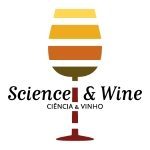A recent study highlights the untapped potential of grape stems from the Douro region, traditionally considered waste, as rich sources of bioactive compounds like selenium, tryptophan, and polyphenols. Touriga Nacional stood out for its high antioxidant capacity and nutrient content. These compounds have promising applications in cognitive health, mood regulation, and oxidative stress prevention. The study supports a circular economy approach in the wine industry, reducing waste while opening new economic opportunities. However, challenges such as extraction efficiency, regulatory approval, and market acceptance must be addressed. Future efforts should focus on product development, consumer education, and investment in innovation to fully harness the benefits of grape stem-derived compounds.

The Mediterranean Diet and Nutrition Literacy: Empowering Healthy and Sustainable Choices
The Mediterranean diet (MedDiet) is renowned for its health and sustainability benefits, emphasizing nutrient-dense foods such as fruits, vegetables, olive oil, and whole grains while limiting processed and red meats. However, its widespread adoption hinges on nutrition literacy, the ability to access, understand, and apply dietary information. This article explores how nutrition literacy empowers individuals to adopt a MedDiet, addressing barriers such as cultural differences, economic constraints, and knowledge gaps. It highlights strategies to enhance adherence such as educational programs, community-based initiatives, and supportive public policies. This article calls for innovative research contributions to the Nutrients Special Issue, aiming to advance the role of the MedDiet in promoting health and sustainability through improved nutrition literacy.

Advancing Sustainability: Linking Wine and Olive Oil Production to a Greener Future
Sustainability of wine and olive oil production is crucial for addressing climate change, resource scarcity, and shifting consumer demand. By integrating tradition with innovation, these industries can adopt practices, such as regenerative farming, renewable energy, and precision agriculture, to enhance environmental, economic, and social outcomes. The 4th Science & Wine World Congress in Porto will highlight these advancements, featuring workshops, case studies, and expert discussions on sustainable vineyard and olive farming practices, climate resilience, and the socioeconomic dimensions of sustainability. This event underscores the role of research, collaboration, and policy in driving a greener future for agriculture.

Unpacking Wine Guide
The “Unpacking Wine Guide” by The Porto Protocol is a comprehensive resource for reducing the environmental impact of wine packaging. It examines the sustainability of materials like glass, aluminum, and cardboard, emphasizing lightweight and reusable bottles. The guide features insights from experts like Jancis Robinson and Rowena Curlewis, offering actionable solutions for producers, retailers, and consumers. It also explores global regulations, consumer trends, and real-world case studies to inspire sustainable practices. Available for purchase or free for select groups, the guide is a call to action for the wine industry to embrace eco-friendly innovation.
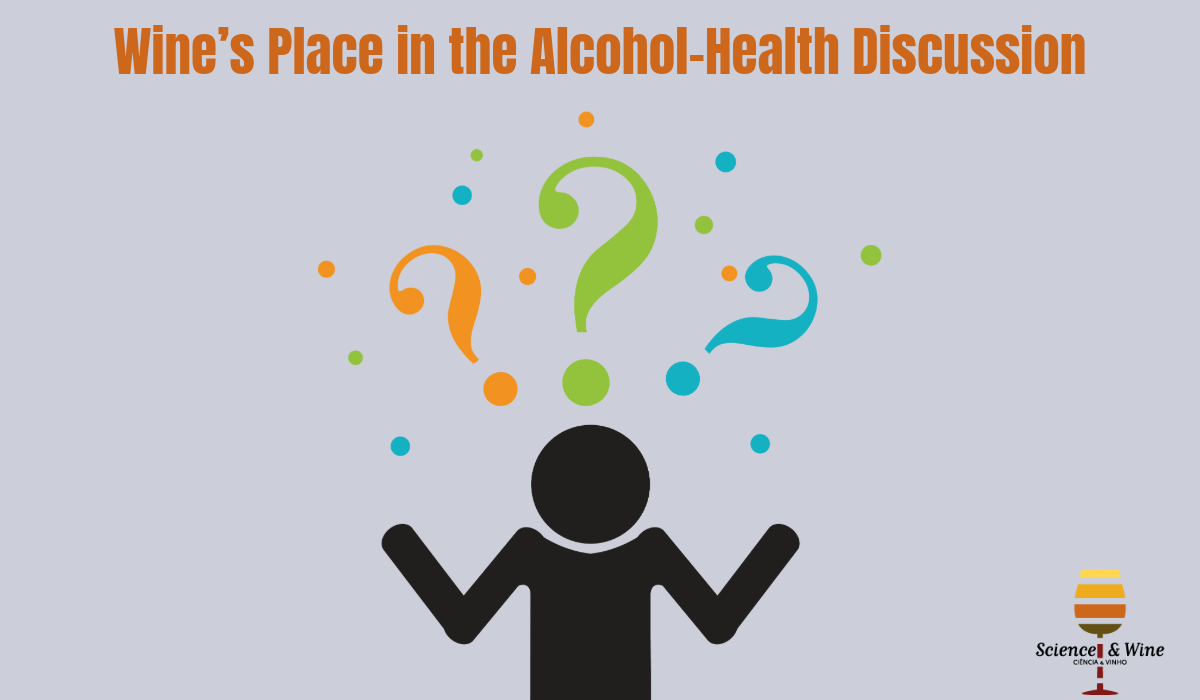
Wine’s Place in the Alcohol- Health Discussion
The U.S. Surgeon General’s recent advisory highlights the link between alcohol consumption and cancer, identifying it as the third leading preventable cause of cancer in the U.S. While alcohol increases the risk of at least seven types of cancer, the advisory raises questions about treating all alcoholic beverages equally, particularly wine.
Unlike other alcoholic beverages, moderate wine consumption, especially red wine, has been associated with potential health benefits, including reduced risks of cardiovascular diseases and longer lifespans, particularly within the Mediterranean diet. Studies show that moderate wine intake may not significantly increase cancer risk, unlike beer and spirits, and may even offer protective effects under specific conditions.
Public health efforts should aim for realistic, evidence-based policies. Prohibiting alcohol entirely is impractical, but encouraging moderate, mindful wine consumption within a balanced diet could help reduce harm while respecting cultural traditions. Education, not prohibition, is key to empowering individuals to make informed health decisions

Science & Wine: Reflecting on 2024 and Preparing for 2025
2024 was a remarkable year for Science & Wine, with website views reaching 19,700 (+20%) and 14,000 unique visitors (+19%), led by audiences from the United States, Portugal, and Italy. Top-performing content included insights on wine marketing trends, the impact of wine glass size on consumption, and the functionality of overcapping wax. Social media engagement flourished, with Instagram connecting with over 12,000 accounts and Facebook reaching 15,000 users, reflecting steady audience growth and impactful campaigns.
Looking ahead, the 4th Science & Wine World Congress (May 28–30, 2025) in Porto will focus on sustainability and the green transition in wine and olive oil production. With strong institutional support, practical workshops, and a focus on innovation, the congress will serve as a hub for collaboration and meaningful discussions on building a sustainable future for these industries.
Together, let’s make 2025 a milestone year for science, wine, and sustainability!

Intangible Heritage and Its Associative Objects as Exemplified by the Materiality of the Portable Material Culture of German Christmas Markets
a small text
ChatGPT said:
ChatGPT
This post honors the victims of the tragic Magdeburg Christmas market attack by celebrating the cultural significance of German Christmas markets and their iconic Glühwein (mulled wine). These markets, deeply rooted in tradition, are spaces of unity and joy, where Glühwein symbolizes warmth, togetherness, and resilience. Served in reusable, collectible cups, it reflects sustainable practices and offers visitors cherished mementos of their experience. The tragedy reminds us of the need to protect these spaces of celebration and foster peace. Let us honor the victims by preserving these traditions and committing to unity, kindness, and hope this holiday season.
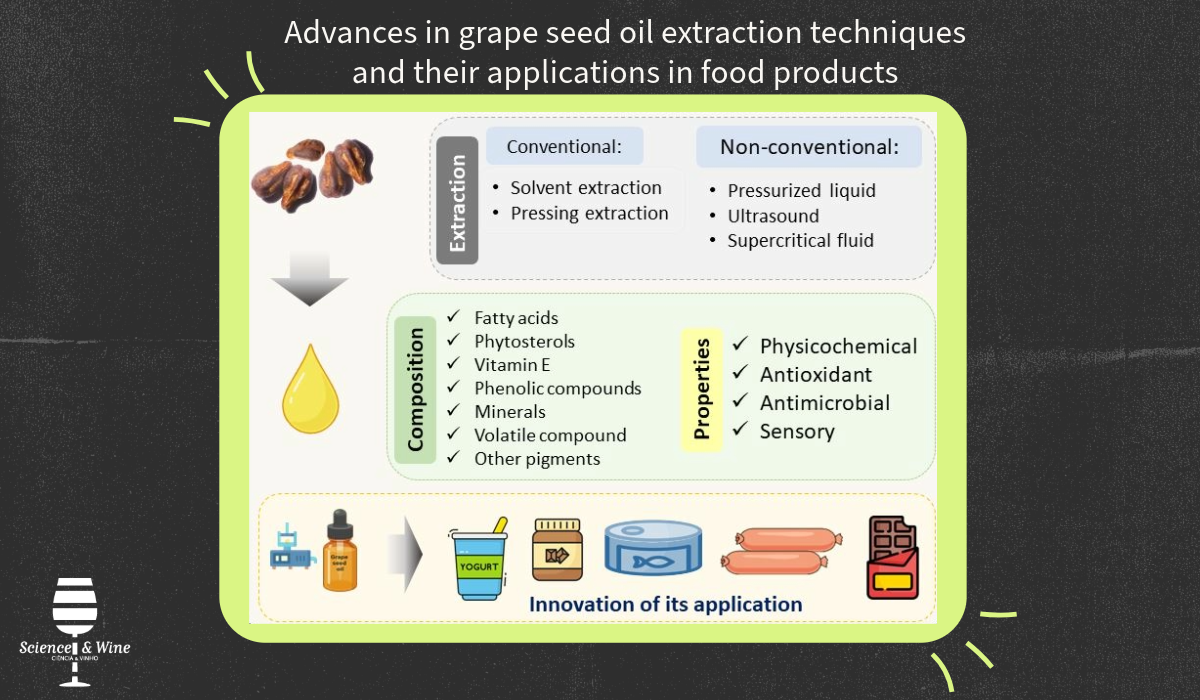
Advances in grape seed oil extraction techniques and their applications in food products
This paper explores the potential of grape seed oil as a valuable byproduct of winemaking. It examines the bioactive compounds in grape seed oil, including fatty acids, tocopherols, and phytosterols, which provide antioxidant and antimicrobial properties. The study highlights various extraction methods, from traditional pressing to advanced techniques like ultrasound-assisted and supercritical fluid extraction, which optimize yield and quality. Applications of grape seed oil in food products, such as emulsions, chocolates, and meat products, are also discussed, emphasizing its functional and nutritional benefits. The paper concludes that further innovation and sustainable practices could maximize the utility of grape seed oil, making it a valuable resource for waste management in the wine industry and expanding its role in food applications.
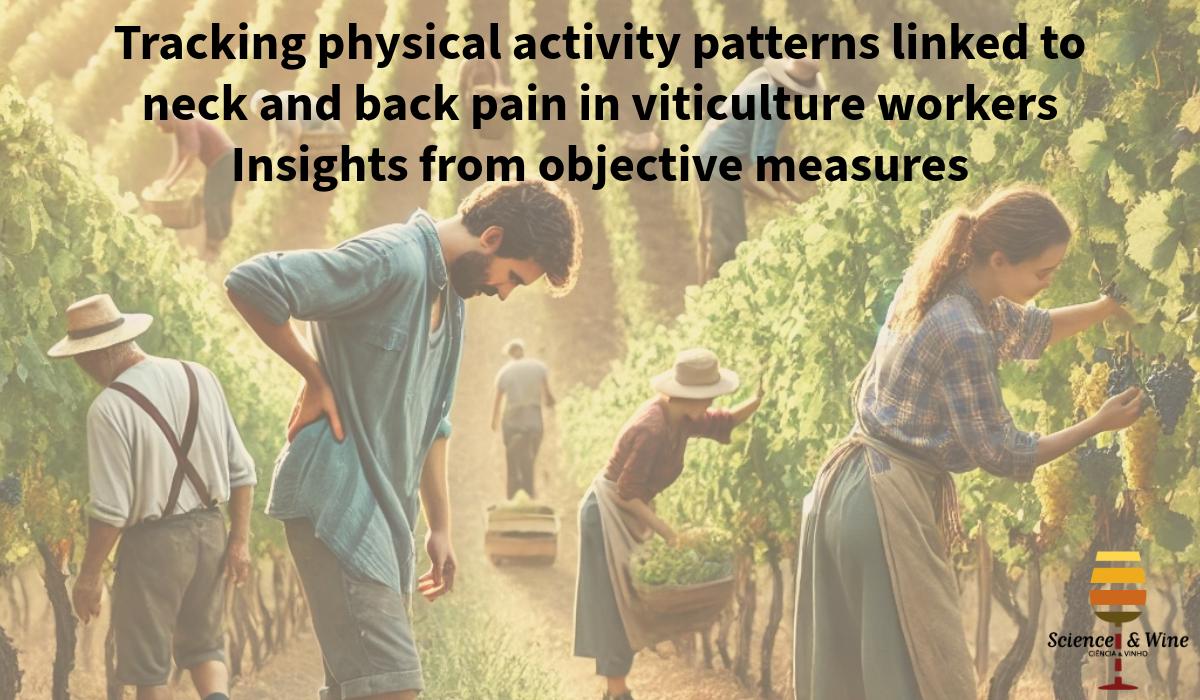
Tracking physical activity patterns linked to neck and back pain in viticulture workers: Insights from objective measures
e Lavor et al. (2024) examined the relationship between physical behaviors and musculoskeletal pain in viticulture workers, particularly focusing on neck, upper back, and lower back pain. Using accelerometers, they measured workers’ physical activities—lying down, sitting, standing, and walking—during work and non-work hours. The results showed high pain prevalence: 60% had lower back pain, 52% had upper back pain, and 46.7% had neck pain. Standing was predominant during work hours, while sedentary behavior was common during non-work hours. Increased sleep was correlated with less neck pain, whereas sedentary behaviors during non-work hours were linked to more upper back pain. No specific physical behaviors were associated with lower back pain, suggesting the presence of other factors, such as cumulative strain. This study emphasizes the need for occupational health interventions in viticulture, including ergonomic adjustments, promoting physical activity outside work, and encouraging good sleep hygiene to reduce pain.
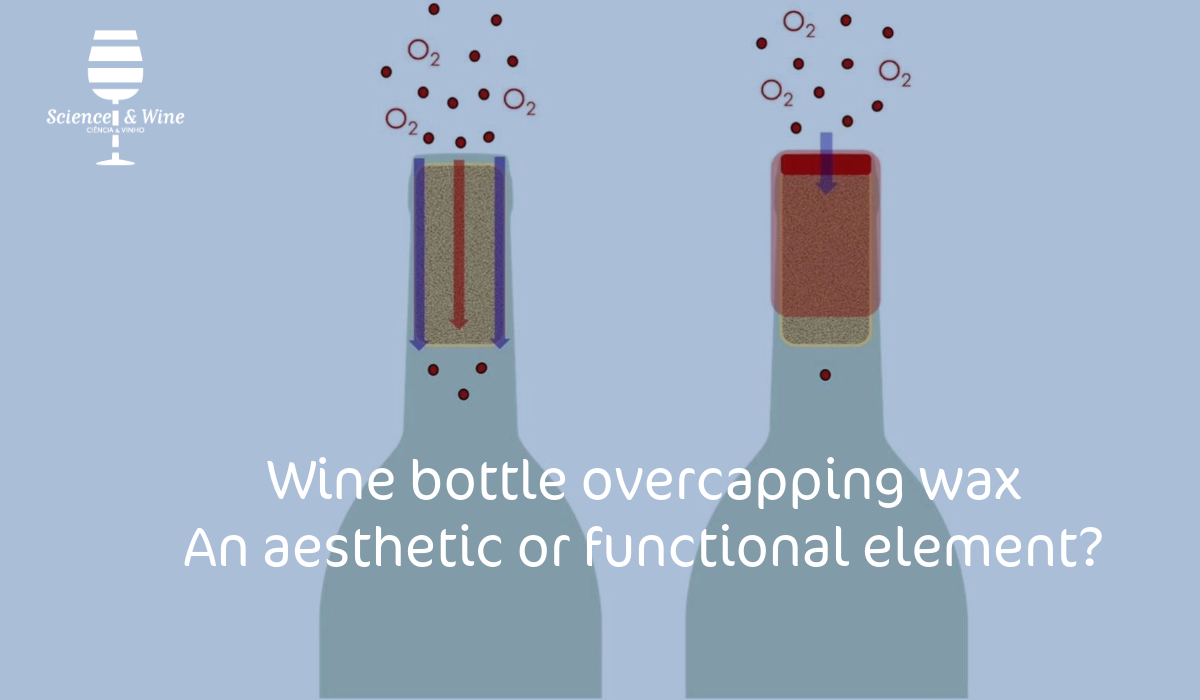
Wine bottle overcapping wax: An aesthetic or functional element?
This study examines the role of wax overcapping in wine bottles, questioning whether it provides functional protection against oxidation or serves primarily as an aesthetic feature. The study tested four types of waxes for their oxygen barrier properties and found that while certain waxes, like a commercial blend, showed low oxygen permeability, the addition of wax over high-quality cork stoppers did not significantly enhance protection. Wax proved slightly more beneficial for natural corks with variable oxygen ingress, especially defective stoppers, where leakage was limited. Overall, the study suggests that wax mainly serves aesthetic purposes when cork quality is high, although it may offer limited functional benefits in specific cases involving defective or untreated corks.
